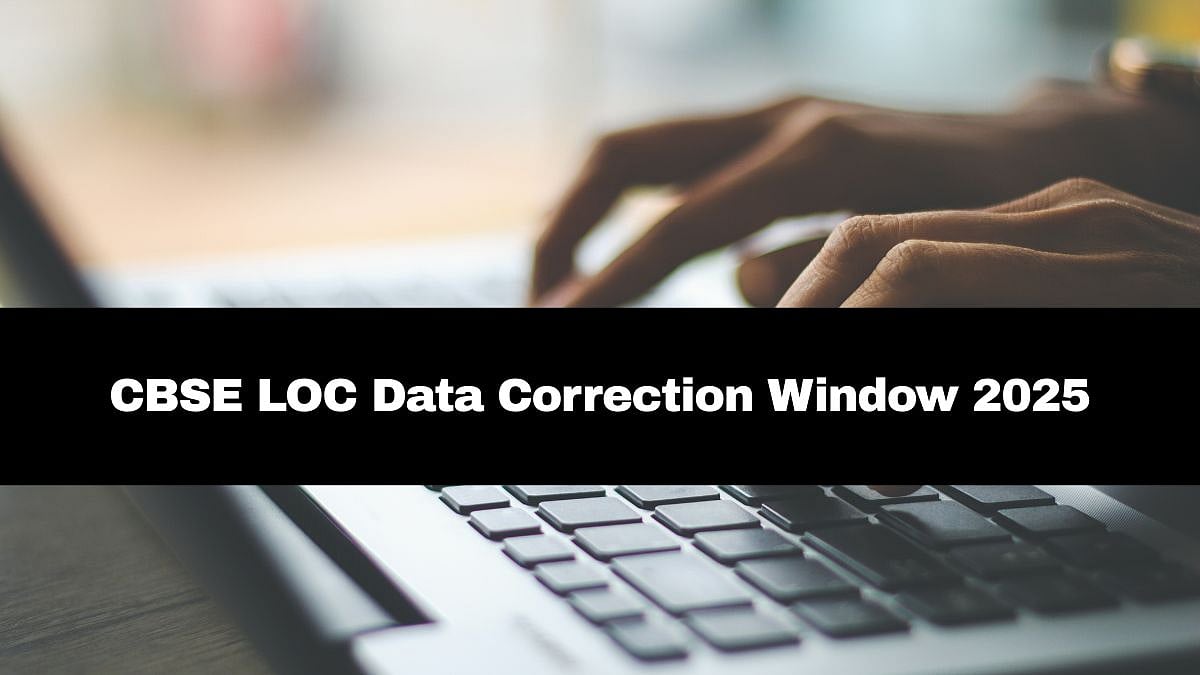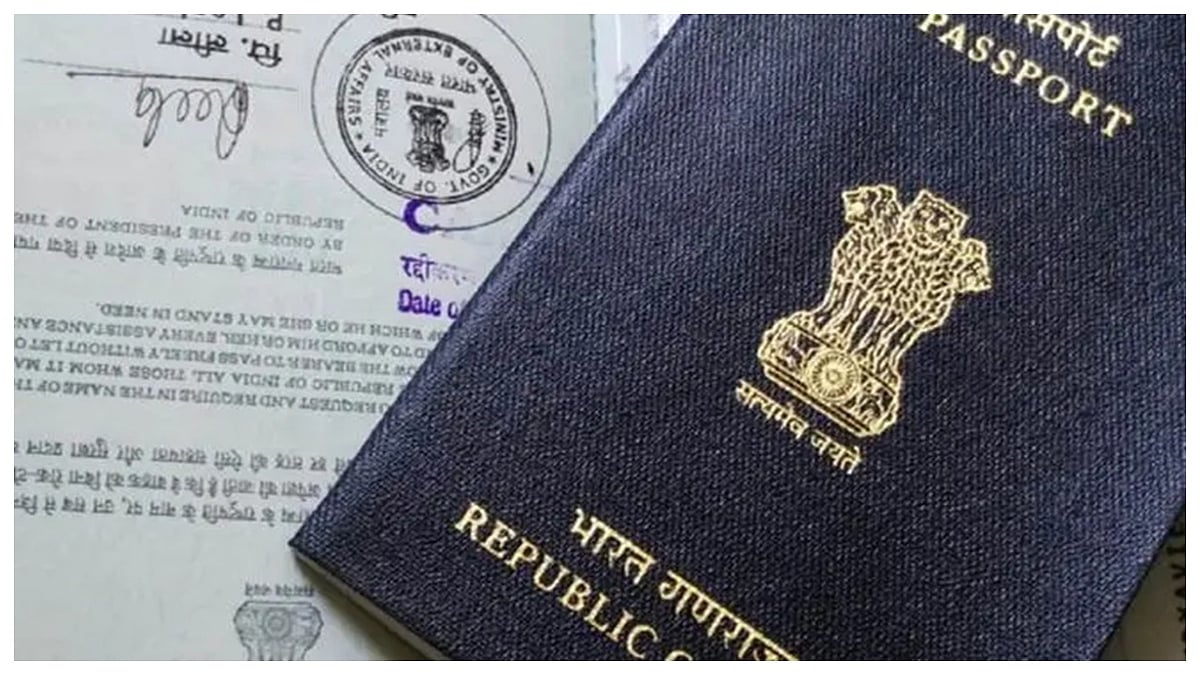When the STT was introduced in India through the Finance Act, 2004, it was hailed as a pragmatic solution to enhance compliance and traceability in securities transactions. The stated object was “to simplify tax collection, curb evasion, and streamline the taxation of capital gains”.
By levying a small tax on transactions executed on recognised stock exchanges, the STT aimed to replace the cumbersome process of tracking capital gains, particularly long-term capital gains (LTCG), which were exempted under the Income Tax Act for STT-paid transactions.
A rebate under Section 88E further ensured that the STT did not burden traders excessively, aligning with the parliamentary intent to avoid additional taxation.
Fast forward to 2025, and the landscape of Indian financial markets has transformed dramatically. Digitisation has revolutionised record-keeping, with stock exchanges, brokers, and depositories implementing robust systems for transaction tracking.
The mandatory use of PAN, KYC compliance, and dematerialised securities, coupled with Annual Information Returns (AIR) filed by exchanges and brokers, have virtually eliminated concerns about traceability. Every trade is now electronically recorded, leaving an indelible digital footprint.
This begs the question: does the STT still serve its original purpose, or has it become an outdated levy in a modern trading ecosystem? The case against the STT is gaining traction, notably through a recent Special Leave Petition (SLP) filed by a trader, Aseem Juneja, in the Supreme Court, challenging its constitutional validity.
The STT, which contributes a mere 2% to the Income Tax Department’s collections, imposes a disproportionate compliance burden on exchanges, brokers, and traders. Unlike taxes tied to income or profit, the STT is levied on the transaction value, regardless of whether a trader makes a profit or incurs a loss.
This feature, critics argue, makes it punitive and arbitrary, potentially violating constitutional guarantees, particularly under Articles 14, 19, and 21. The removal of the Section 88E rebate in 2008 and recent increases in capital gains tax rates have further eroded the original intent of the STT as a non-additive tax.
Initially, the rebate ensured that the STT paid could offset income tax liability for traders, and the exemption of LTCG for the STT-paid transactions softened its impact.
However, with the rebate discontinued and capital gains tax rates hiked (notably in Budget 2024), traders and investors now face a dual tax burden: the STT on every transaction and capital gains tax or business income tax on profits. This perceived double taxation has fuelled arguments that the STT unfairly penalises market participation, especially for loss-making trades.
Beyond compliance and fairness, the STT’s economic impact on markets is significant. By increasing the cost of transactions, the STT forces traders to operate on higher margins, reducing liquidity and increasing the impact cost of trades.
In a highly competitive global financial market, where liquidity is a key driver of efficiency, this additional cost can deter participation, particularly in high-frequency trading and derivatives markets. For a country aiming to position itself as a global financial hub, such frictions could undermine market competitiveness.
The government, however, may defend the STT as a legitimate transaction-based tax, distinct from income-based taxes like capital gains. It is likely to argue that Parliament has the authority to impose such levies to ensure market integrity and prevent tax evasion.
Yet, with modern surveillance and reporting systems rendering evasion nearly impossible, this justification appears increasingly tenuous. The Supreme Court’s response to Juneja’s petition could set a precedent, potentially leading to reforms such as reinstating a rebate mechanism or even phasing out the tax entirely (extremely unlikely).
As India’s financial markets evolve, the relevance of the STT must be re-evaluated. Its original goals—traceability and compliance—are now adequately addressed by digital infrastructure promoted by the Modi government.
The compliance burden, economic costs, and perceived unfairness outweigh its modest revenue contribution and are squarely against the Ease of Doing Business, so painstakingly promoted by the central government.
While the Supreme Court will determine the STT’s constitutional validity, policymakers should consider whether this 20-year-old tax today aligns with India’s vision of a dynamic, investor-friendly market. Reforming or replacing the STT could enhance market efficiency, boost liquidity, and signal a forward-thinking approach to financial taxation.
Author: Retired IRS officer and Ex-Chief of Surveillance at SEBI. Advisor to corporates, market participants and tech entrepreneurs.










